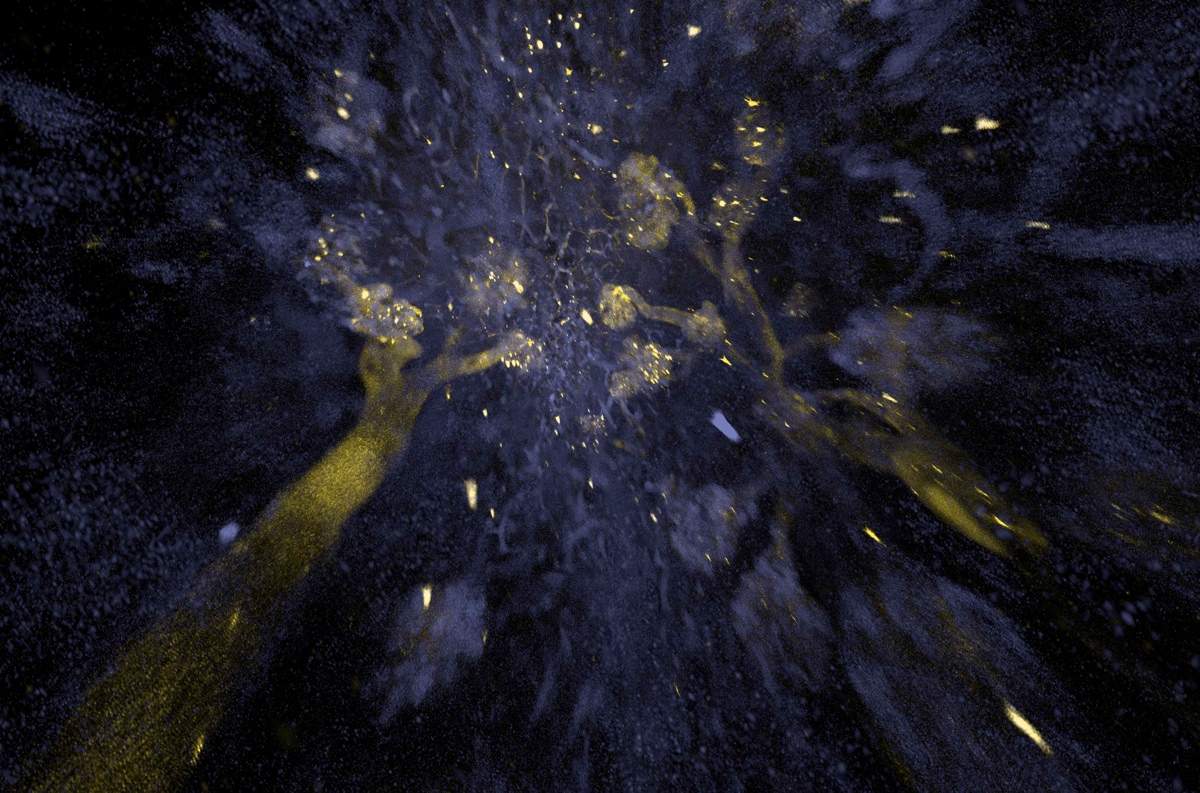
X-Rays help us see bones and swallowed pennies, but what if scientists need to see through organs and tissues to individual cells? Researchers and doctors can better diagnose medical conditions and study anatomy by looking directly at an organism's cells.
To view cells, scientists cut very thin slices of tissue, separate them with a microscope, and then use a computer to splice together an image from the samples. It takes a long time, and errors occur frequently. If scientists could look straight through a body, they could more efficiently and accurately locate cells of interest.
Although scientists have attempted to achieve transparency for centuries, previous methods damaged tissues, complicated labeling and staining processes and left important parts invisible.
See-Through Mice
Building on previous studies, Viviana Gradinaru‘s lab at the California Institute of Technology recently made a breakthrough, "clearing" [making transparent] entire dead mice within about a week-without harming the animals‘ structure or genes.
The processes they use are PACT (PAssive Clarity Technique), RIMS (Refractive Index Matching Solution), and PARS (Perfusion-Assisted agent Release in Situ). In addition to clearing the mice, these techniques allowed the researchers to stain and label specific groups of cells they wanted to study.
The lipids (fat) within a cell support its structure, but they also block light. Gradinaru‘s lab developed a water-based gel that dissolves lipids and then supports the cell. The gel is transparent, so a microscope can reveal cells marked by fluorescent proteins or stain.
Sounds tricky, but Gradinaru describes the processes as "easy-to-use" and the needed equipment "readily available and cost-effective." She adds that examining cells in large tissue samples will become "an accessible undertaking within the broader research and clinical communities."
Wait, Who Wants Transparent Rodents?
The techniques work on human tissues as well. While we don‘t have to worry about the Invisible Man yet, the method was tested on a human skin biopsy, enabling researchers to see the distribution of tumor cells.
Gradinaru predicts that the development could "accelerate any scientific endeavor that would benefit from whole-organism mapping, including the study of how peripheral nerves and organs can profoundly affect cognition and mental processing, and vice versa."
The clearing protocols may additionally help map the spread of viruses, including HIV, and spur advancements in therapies and bioelectronic medicines. They may also boost previous progress made by studying human brain cells in mice.
Read More:
- Single-Cell Phenotyping within Transparent Intact Tissue through Whole-Body Clearing (Cell)
- Biology Made Simpler With "Clear" Tissues (Phys.org)
- The Body Transparent: Tissue Clearing Lays Fine Structures Bare (Genetic Engineering &
- See-Through Organs And Bodies Will Accelerate Biomedical Discoveries (EurekAlert!)









